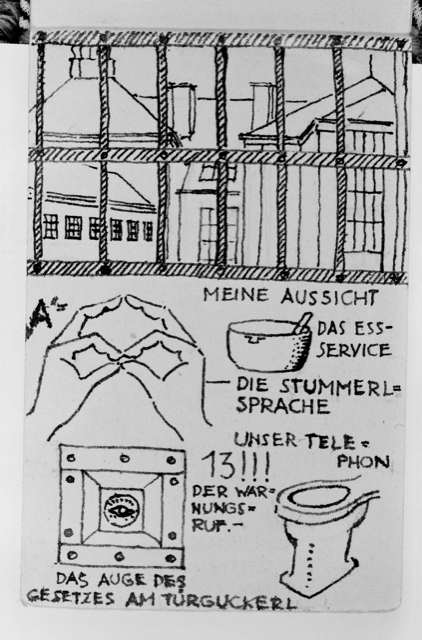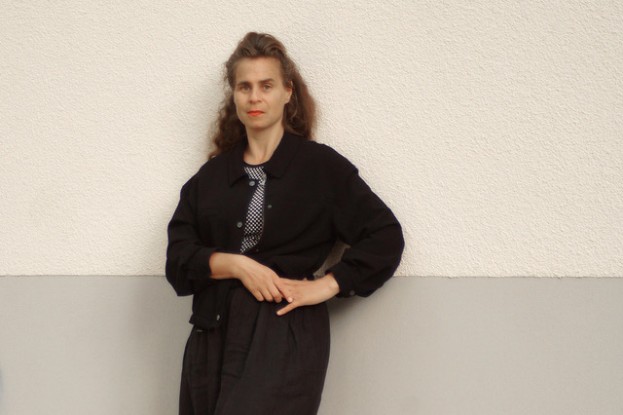Memories of the Resistance: Margarete Schütte-Lihotzky and the Art of Collective Dissidence, 1919-1989
Research project by Prof. Dr. Sophie Hochhäusl (Senior Research Fellow of the Humboldt Foundation)
Today Margarete Schütte-Lihotzky has been recognized as one of the most significant female figures in modern design. The analysis of her memoirs as a critical historical document provides as a glimpse into the spatialization of organized dissent in the time between 1938 and 1945. The book investigates ordinary places such as apartments, hotel rooms, as well as parks and cafes where clandestine meetings and organizing took place, to make a topography of resistance legible. For this purpose, fragmentary archival sources as well as oral testimonies, songs and letters and even knitworks are examined. The book also addresses the culture of forgetting in Austria after 1945.
As such the book makes “Erinnerungen aus dem Widerstand” accessible to an international readership for the first time.
The research project will be conducted from 2021 to 2023. Prof. Dr. Sophie Hochhäusl will establish a long-term working group on the question of “Architecture of Resistance” with our department and together with the NS Documentation Center in Munich under the direction of Dr. Mirjam Zadoff. This will investigate the spatial and architectural dimensions of resistance – a field of research that is only slowly emerging. This topic is seen as a basis for both strengthening academic transatlantic relations and engaging in conversation with a broader public about the role of architects in times of political oppression.
Prof. Dr. Sophie Hochhäusl is Assistant Professor for Architectural History and Theory at the Stuart Weitzman School of Design and Alexander von Humboldt Research Fellow at our department.
In a recent interview with TU Darmstadt, she further addresses her current research, its impact on everyday lives, and her biggest success in her research to date.




